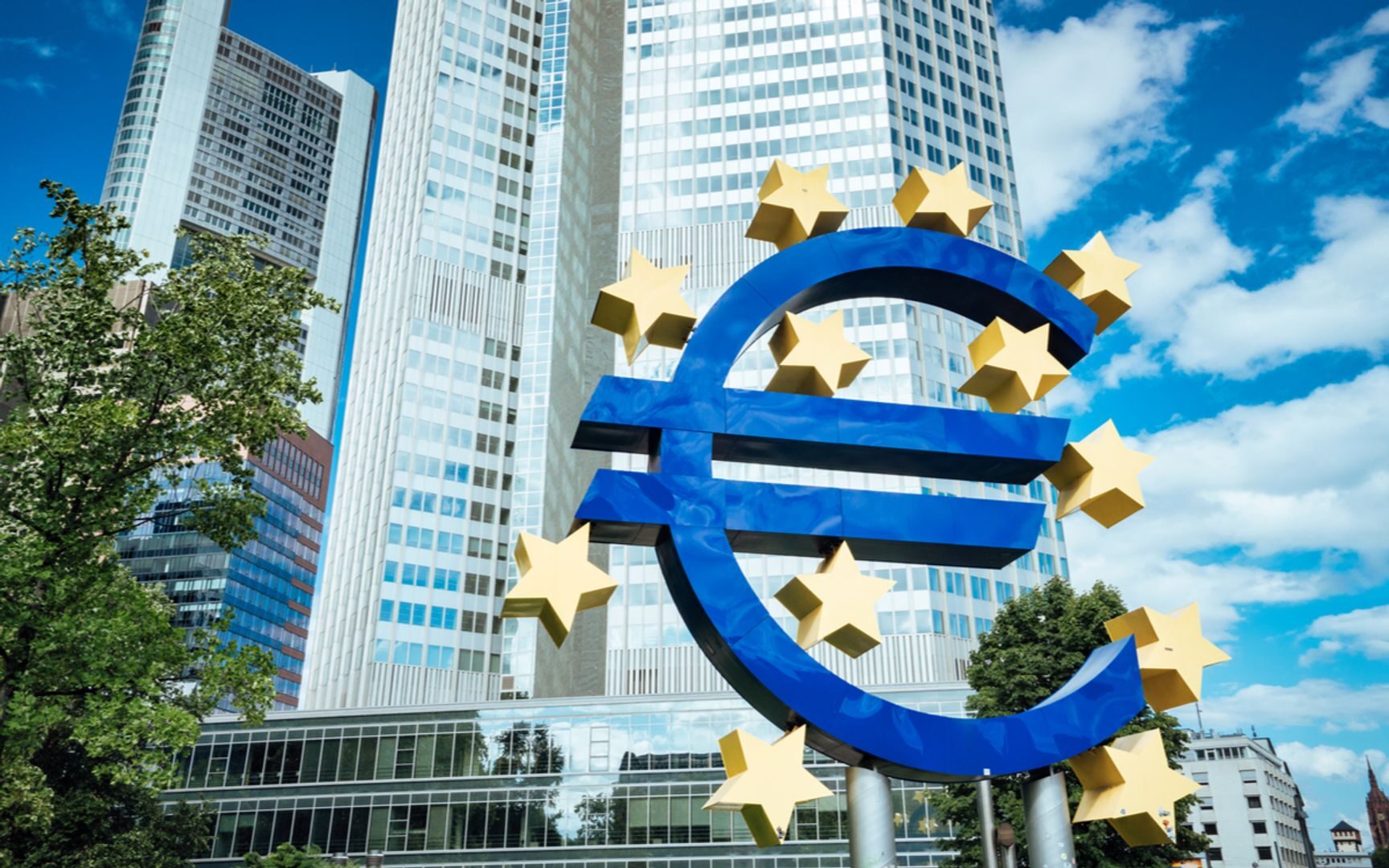-
Back to menu
Prices
-
Back to menu
-
Back to menu
Indices -
Back to menu
Research
-
Back to menu
Events -
Back to menu
Sponsored
-
Back to menu
Videos -
Back to menu
-
Back to menu
-
Back to menu
Webinars
Select Language
By Margaux Nijkerk, AI Boost|Edited by Sheldon Reback
Aug 22, 2025, 10:04 a.m.

- European policymakers are ramping up efforts to launch a digital euro, according to a report from the Financial Times, as the US’ new stablecoin law intensifies pressure on the bloc to keep up the pace in the fast-moving world of digital money.
- The move caught many in Europe off guard, according to people familiar with the talks, and has sparked concerns that dollar-backed stablecoins could tighten America’s grip on cross-border payments if the EU doesn’t accelerate its own plans.
European Union policymakers are discussing ramping up efforts to introduce a digital euro as the U.S.’ new stablecoin law intensifies pressure on the bloc to keep up the pace in the fast-moving world of digital money, the Financial Times reported,
The U.S. Congress last month approved the GENIUS Act, a framework for the $288 billion stablecoin sector dominated by dollar-pegged tokens like Tether’s USDT and Circle Internet’s (CRCL) USDC. The move caught many in Europe off guard, according to people familiar with the talks, and sparked concerns that dollar-pegged tokens could tighten America’s grip on cross-border payments if the EU doesn’t accelerate its own plans.
STORY CONTINUES BELOW
In a notable shift, officials are now weighing whether to launch the central bank digital currency (CBDC) on public blockchains like Ethereum or Solana rather than the private infrastructure previously envisioned.
Until recently, the European Central Bank (ECB) had been leaning toward a private, centrally controlled system, citing privacy and security. But sources say the U.S. legislation has shifted the conversation, with some policymakers now open to decentralized networks that could help the euro circulate more freely and compete with dollar-based digital assets globally, according to the FT.
The ECB has been studying a digital euro for several years, pitching it as a public alternative to privately issued payment systems as cash use dwindles. Yet U.S. momentum is raising concerns that euro deposits could increasingly flow into dollar-denominated assets abroad.
With China piloting its digital yuan and the U.K. considering a digital pound, Europe faces mounting pressure to deliver. A handful of euro-backed stablecoins already exist, Circle’s EURC among them, but a central bank-issued token would carry far more weight.
The ECB confirmed to the Financial Times it is still evaluating both centralized and decentralized technologies, leaving open the possibility of a blockchain-powered euro as officials race to protect the single currency’s relevance in a digitizing world.
Read more: ECB Says U.S.-Backed Stablecoin Use in EU Could Weaken Its Monetary Autonomy
Disclaimer: Parts of this article were generated with the assistance from AI tools and reviewed by our editorial team to ensure accuracy and adherence to our standards. For more information, see CoinDesk’s full AI Policy.
Margaux is CoinDesk’s Tech & Protocols reporter, where she focuses mostly on the Ethereum and Solana ecosystems. A graduate of Johns Hopkins and Emory universities, she has a masters in International Affairs & Economics. She holds BTC and ETH above CoinDesk’s disclosure threshold of $1,000.
“AI Boost” indicates a generative text tool, typically an AI chatbot, contributed to the article. In each and every case, the article was edited, fact-checked and published by a human. Read more about CoinDesk’s AI Policy.
More For You
By Jamie Crawley|Edited by Oliver Knight
1 hour ago

Binance Australia has 28 days to nominate external auditors for AUSTRAC’s consideration.
What to know:
- Binance Australia has been directed to appoint an external auditor by the country’s anti-money laundering regulator.
- AUSTRAC said it has flagged concerns about Binance’s AML/CTF governance based on its high staff turnover and a lack of local resourcing and senior manager oversight.
- Binance Australia has 28 days to nominate external auditors for AUSTRAC’s consideration.














